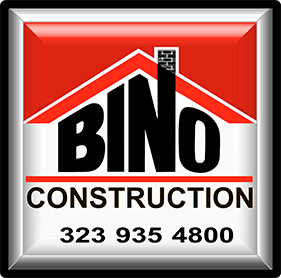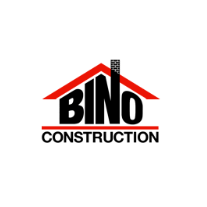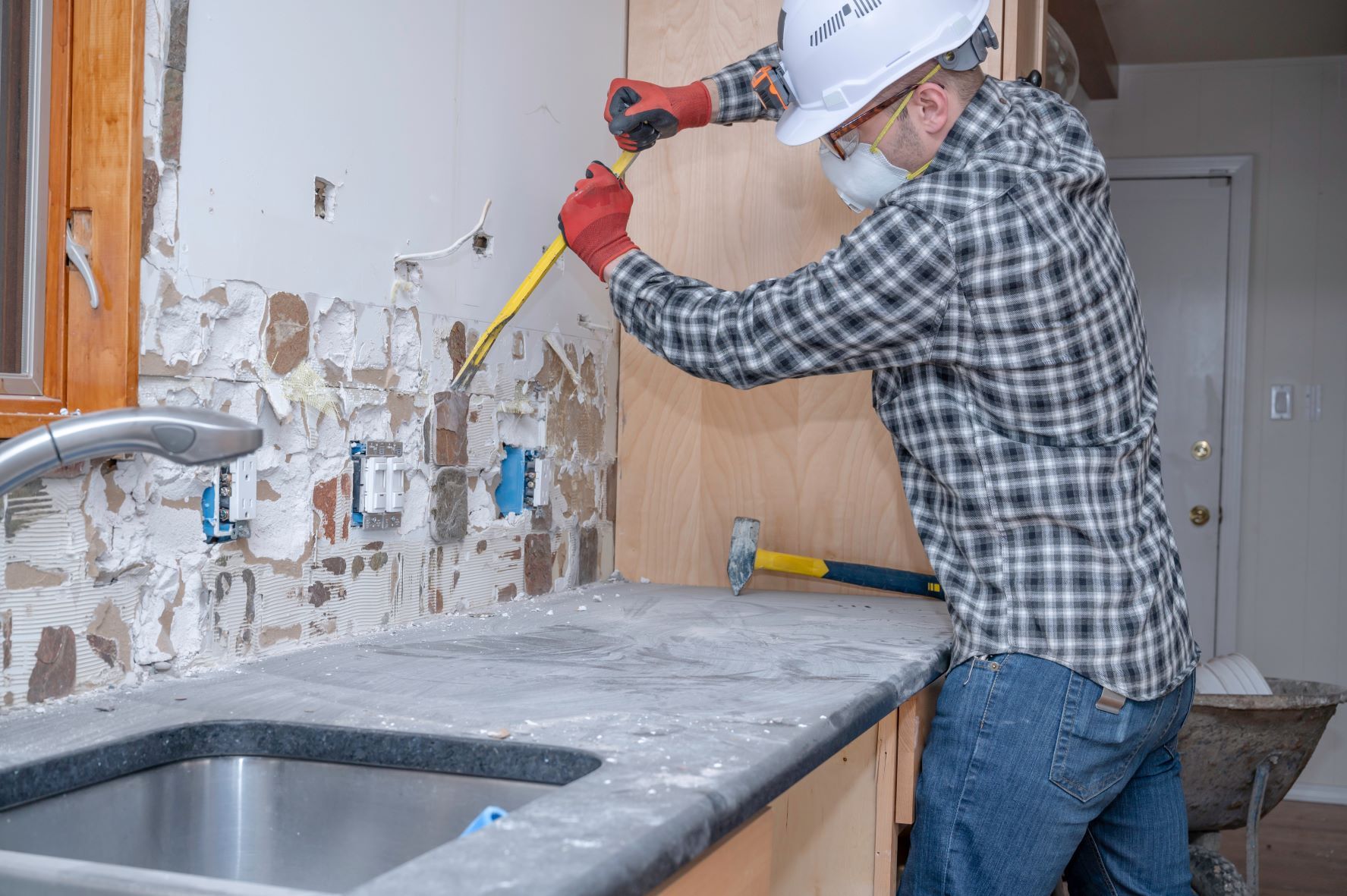Mold Remediation
What Is Mold?
Mold spores are ubiquitous; they are found both indoors and outdoors. Mold spores cannot be eliminated from indoor environments. Some mold spores will be found floating through the air and in settled dust; however, they will only grow if moisture is present.
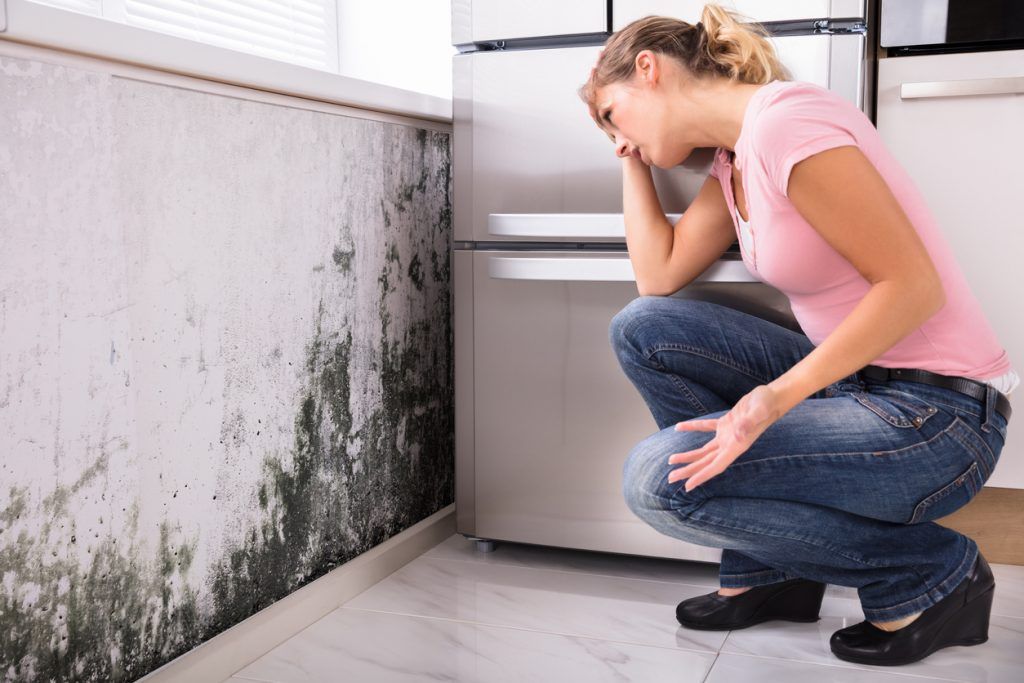
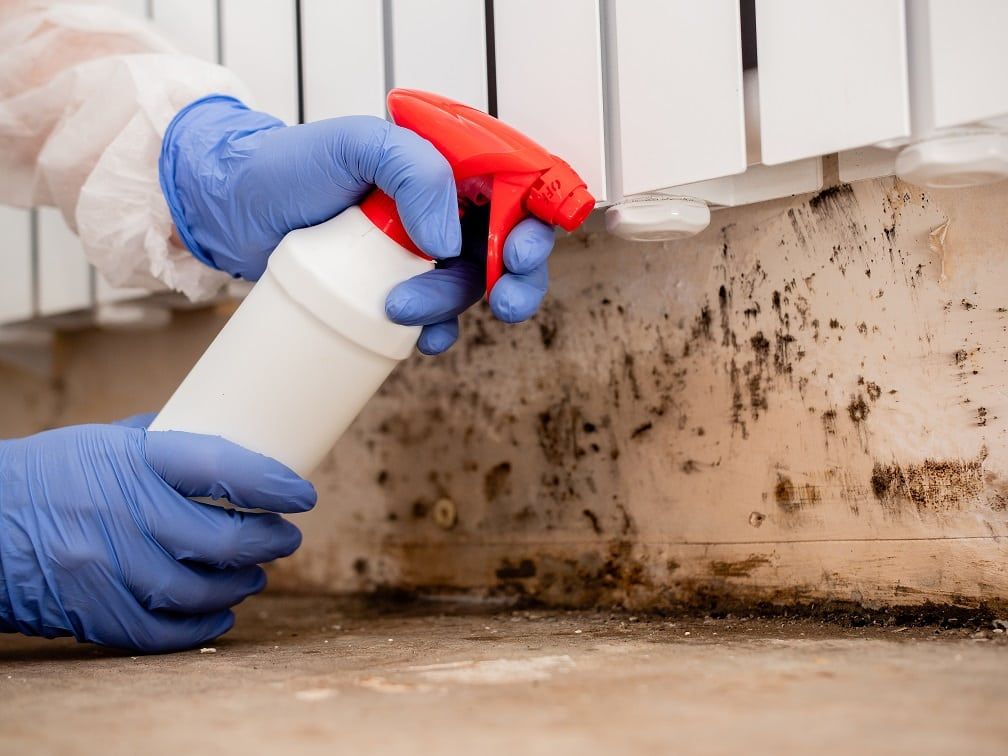
When Does Mold Become a Problem?
Mold is not usually a problem indoors – unless mold spores land on a wet or damp spot and begin growing. As molds grow they digest whatever they are growing on. Unchecked mold growth can damage buildings and furnishings; molds can rot wood, damage drywall, and eventually cause structural damage to buildings. Mold can cause cosmetic damage, such as stains, to furnishings. The potential human health effects of mold are also a concern. It is important, therefore, to prevent mold from growing indoors.
Tasks Involved in Remediation
Responding to mold problems requires a series of actions. Typically, the following actions are implemented to some extent regardless of whether a problem is small and simple or large and complex:
- Take emergency actions to stop water intrusion if needed.
- Identify vulnerable populations, extent of contamination, and moisture dynamic.
- Plan and implement remediation activities.
These include:
- Isolate work areas under negative air containment. This effectively isolates the areas from the rest of the residence. By creating lower pressure in the contaminated area, the chance of cross-contamination to other parts of the unit is prevented.
- Install and maintain dehumidifier and HEPA air scrubber machine in the work area.
- Remove and dispose of drywall from the affected ceiling and walls.
- Wire brush, machine sand, disinfect and dry down all newly exposed walls and ceiling cavities.
- Wet wipe and HEPA vacuum the walls and the floors, the ceilings and the fixtures within the affected areas.
- Reconstruct the space to prevent or limit possibility of recurrence by controlling sources of moisture and nutrients.
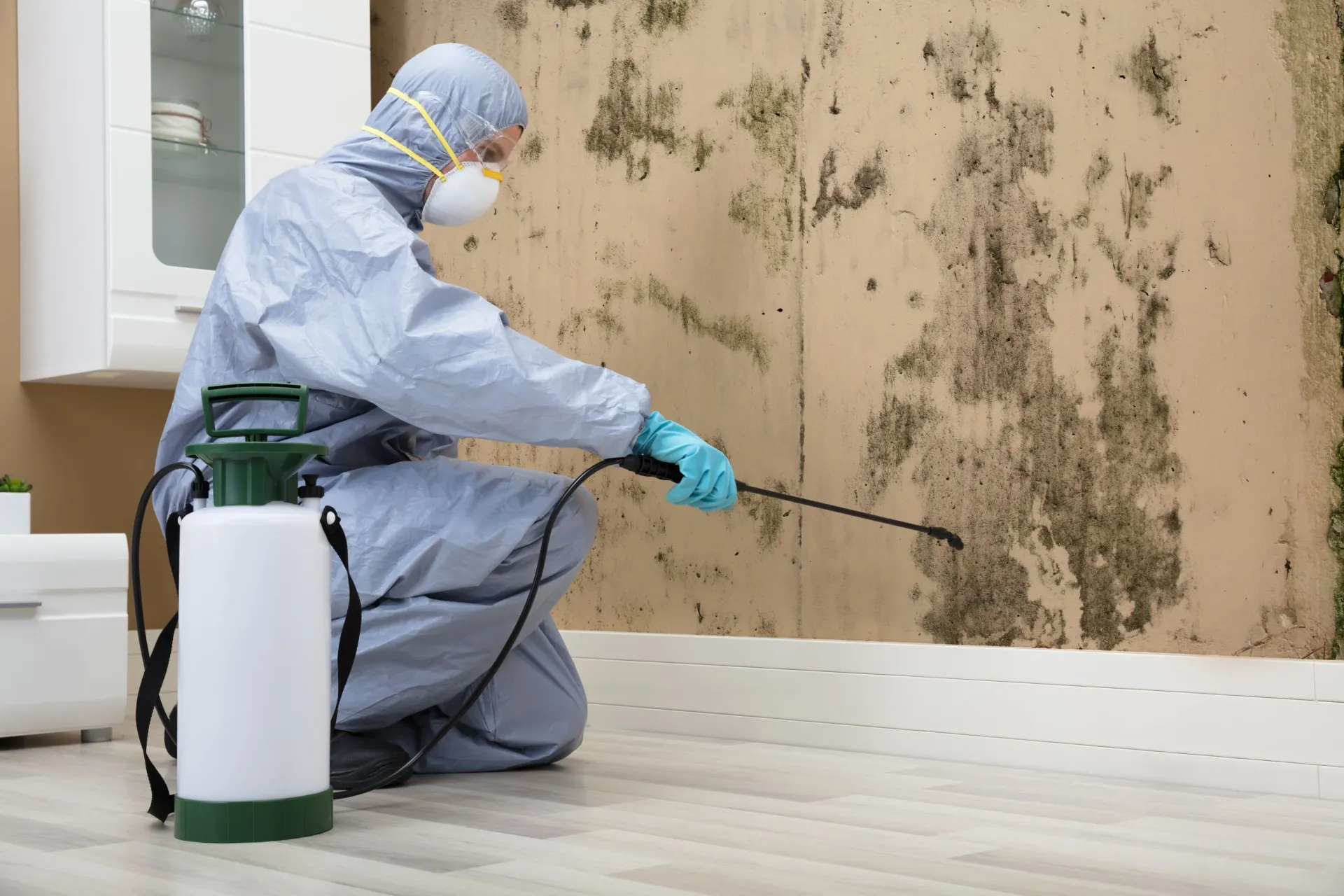
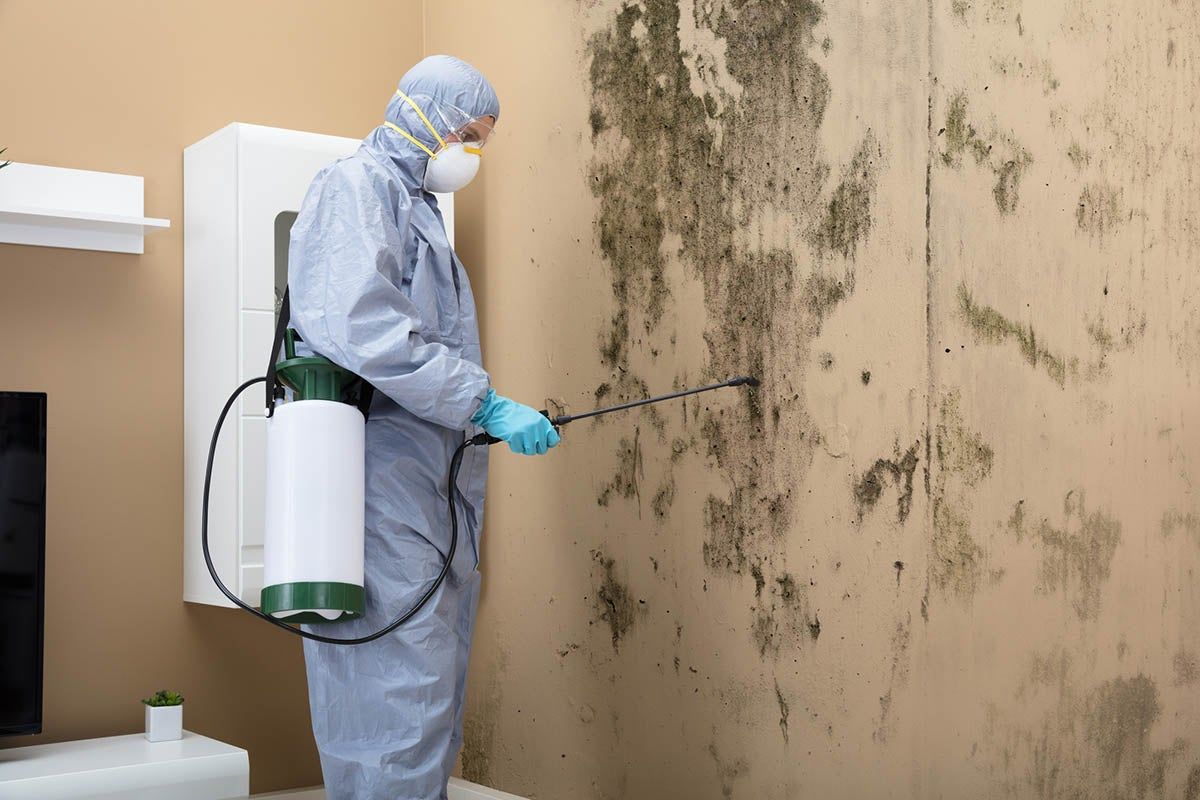
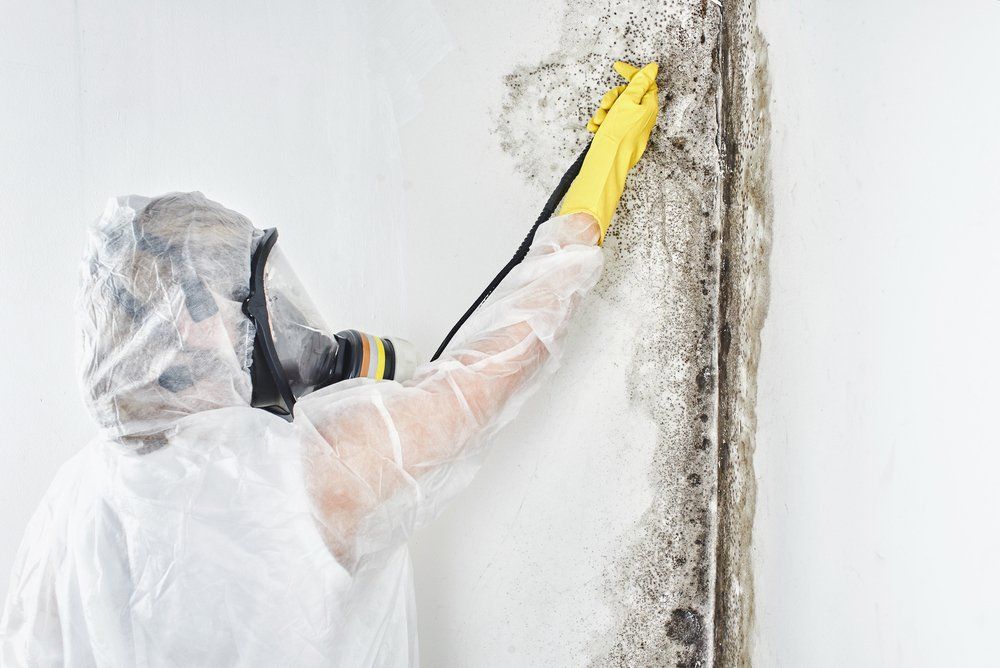
Mold Remediation Must Be Handled by Experienced Professionals
mold spores from one area of the building to another while protecting the health of occupants and cleanup personnel during the process. Special techniques and equipment and protective clothing are used.
Mold remediation often requires full containment using double layers of polyethylene sheeting and fans to create negative air pressure. A decontamination chamber or airlock should be used to separate the clean areas from the contaminated areas during entry into and exit from the remediation area. The entryways to the airlock from the outside and from the airlock to the main containment area should consist of a slit with covering flaps on the outside surface of each entry.
Useful information about mold and mold remediation can be found at these sites:
Services
The right company for all your construction needs
Homeowners Associations
Your HOA Specialist for over 20 years
Send Us a Message
Contact Us
Contact Us
Location
12101 Van Nuys Blvd. #34 Lake View Terrace, CA 91342
Phone
james@binoconstruction.com
